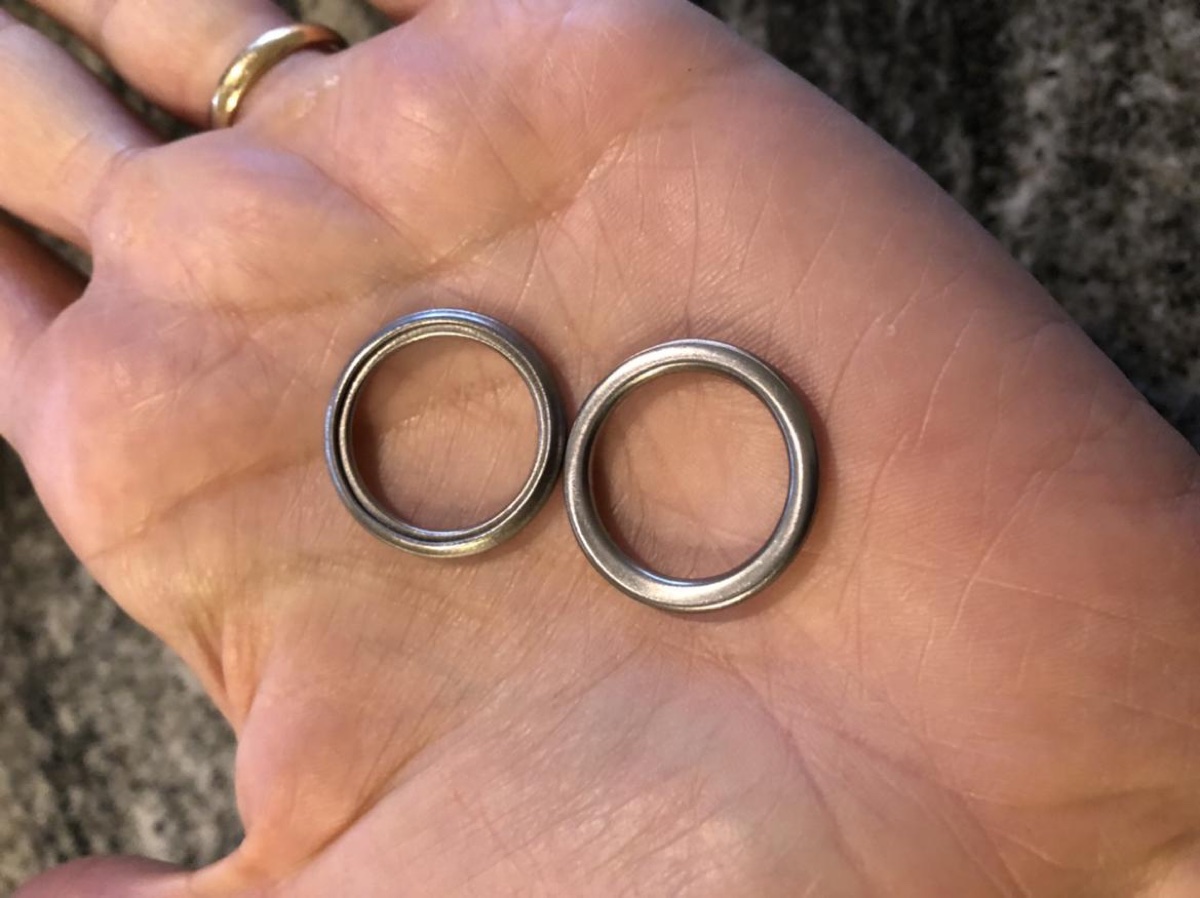

Articles
Which Way Does Crush Washer Go
Modified: January 18, 2024
Get articles on which way does a crush washer go and other related topics. Learn the correct installation method for crush washers. Explore expert guidance now!
(Many of the links in this article redirect to a specific reviewed product. Your purchase of these products through affiliate links helps to generate commission for Storables.com, at no extra cost. Learn more)
Introduction
In the world of mechanical assemblies, there are countless small components that play crucial roles in maintaining structural integrity and preventing leaks or vibrations. One such component is the crush washer.
A crush washer is a small flat ring made from soft metal, such as aluminum or copper. It is designed to be compressed between two surfaces to create a seal and prevent fluid leakage. Crush washers are commonly used in various applications, including automotive, plumbing, and hydraulic systems.
While crush washers may seem insignificant compared to larger and more complex components, their proper installation is essential for the overall functionality and longevity of the assembly. In this article, we will explore the purpose of crush washers, their installation process, and common mistakes to avoid.
Key Takeaways:
- Proper installation of crush washers is essential for leak-free seals. Follow manufacturer guidelines, clean surfaces, and avoid common mistakes to ensure effective sealing and prevent potential leaks or failures.
- Crush washers compensate for surface irregularities, providing reliable seals. Choose the correct size, orient them properly, and consult professionals if unsure to optimize their sealing capabilities and ensure long-lasting performance.
Read more: Which Way Does Toilet Paper Go
Overview of Crush Washers
Crush washers are simple yet effective sealing devices that are used in a wide range of applications. They are typically made from soft metal materials, such as aluminum or copper, which allows them to deform and create a tight seal when compressed between two surfaces.
These washers come in various shapes and sizes, but they generally have a flat design with a hole in the center. The outer edges of the washer are slightly beveled to facilitate easy installation and ensure proper sealing.
Crush washers are commonly used in automotive applications, particularly in the engine oil system. They are used to seal the connection between oil pan and drain plug, as well as oil filter housings and other fluid transfer connections. In plumbing systems, crush washers are used to create leak-free seals in pipe fittings and connectors. They are also widely used in hydraulic systems to prevent leaks and maintain system integrity.
The soft metal composition of crush washers allows them to conform to the irregularities of the surfaces they are sealing, creating a tight and secure connection. When properly installed, they compress under pressure, deforming to fill any gaps or imperfections between the two surfaces, effectively sealing the joint.
Some crush washers have a unique design with a raised circular lip or ridges on one side. This lip or ridge acts as a secondary sealing feature, enhancing the overall effectiveness of the washer.
Overall, crush washers are simple but essential components that ensure proper sealing and prevent fluid leaks in a variety of applications. Understanding their purpose and proper installation techniques is crucial for maintaining the integrity of mechanical assemblies.
Purpose of Crush Washers
The primary purpose of crush washers is to create a reliable and leak-free seal between two connecting surfaces. They are designed to withstand pressure and vibrations while maintaining a tight seal, preventing the loss of fluids or the ingress of contaminants.
One of the key advantages of crush washers is their ability to compensate for inconsistencies in the mating surfaces. The soft metal material of the washers allows them to deform under pressure, filling any gaps or irregularities that may exist between the surfaces. This capability ensures a secure and reliable seal, even in situations where the surfaces may not be perfectly smooth or flat.
Crush washers are commonly used in automotive applications, particularly in the engine oil system. When an engine oil drain plug is tightened, the crush washer compresses between the drain plug and the oil pan, creating a tight seal that prevents oil leakage. Similarly, crush washers are used in oil filter installations to create a leak-free connection between the filter housing and the engine block.
In plumbing systems, crush washers are often used in pipe fittings and connectors to create a seal that prevents leaks. The compression of the washer between the two surfaces ensures a tight and secure connection, even under high pressures.
In hydraulic systems, crush washers play a crucial role in preventing fluid leaks and maintaining system integrity. They are used in various fittings, valves, and connectors to ensure a reliable seal that can withstand the high pressures and vibrations commonly encountered in hydraulic systems.
Overall, the purpose of crush washers is to provide a dependable and leak-free seal between two connecting surfaces. Their ability to compensate for surface irregularities and withstand pressure makes them essential components in a wide range of applications. Proper installation and attention to detail are necessary to ensure the effectiveness of crush washers and prevent potential leaks or failures.
Installation of Crush Washers
The installation of crush washers is a relatively simple process, but it is important to follow the correct procedure to ensure proper sealing and prevent leaks. Here is a step-by-step guide on how to install crush washers:
- Prepare the surfaces: Before installing the crush washer, ensure that both mating surfaces are clean, smooth, and free from debris or contaminants. Any imperfections or particles on the surfaces can compromise the effectiveness of the seal.
- Select the correct size: Choose a crush washer that matches the specifications for your particular application. The size of the washer should correspond to the diameter of the threaded connection or fitting it will be used with.
- Position the crush washer: Place the crush washer onto the threaded connection, ensuring that it is centered and aligned properly.
- Tighten the connection: Begin tightening the connection or fitting using the appropriate tool, such as a wrench or socket. Apply even pressure to gradually tighten the connection, avoiding excessive force that could damage the washer or the surfaces it is sealing.
- Continue tightening until resistance is felt: As you tighten the connection, you will eventually feel resistance. This indicates that the crush washer is being compressed and forming a seal. Be sure not to overtighten, as this can lead to deformation or damage to the washer.
- Verify the seal: Once the connection is tightened, inspect the area around the crush washer to ensure there are no visible gaps or signs of leakage. In some cases, you may need to use a torque wrench to achieve the recommended tightening torque for the specific application.
It is essential to note that crush washers are typically used as a one-time-use sealing device. Once they have been compressed and formed a seal, they may not provide the same level of effectiveness if reused. Therefore, it is generally recommended to replace crush washers whenever a connection is disconnected or reassembled.
By following these installation steps and maintaining attention to detail, you can effectively install crush washers and ensure a reliable and leak-free seal in your mechanical assemblies.
The crush washer should be installed with the tapered side facing the muzzle device to ensure a proper seal and prevent gas leakage.
Determining the Correct Orientation of Crush Washers
When installing crush washers, it is crucial to determine the correct orientation to ensure optimal performance and sealing. While crush washers may appear symmetrical, they often have specific orientations that must be followed. Here are some guidelines for determining the correct orientation of crush washers:
- Check the manufacturer’s instructions: Before installing a crush washer, consult the manufacturer’s instructions or documentation. They may provide specific information regarding the correct orientation of the washer for your particular application.
- Observe any raised lips or ridges: Some crush washers have a unique design with a raised circular lip or ridges on one side. This side is typically intended to face a specific direction, so ensure that the lip or ridges are positioned accordingly.
- Look for markings or engravings: In some cases, crush washers may have markings or engravings that indicate the correct orientation. These markings may include arrows or letters to guide the installer. Pay close attention to any markings and align them as instructed.
- Consider the shape and design: Examining the shape and design of the crush washer can also provide clues about its correct orientation. Some washers may have a slightly tapered or beveled edge, indicating which side should face outward or inward.
- Refer to experienced professionals or forums: If you are unsure about the correct orientation of a crush washer, consider seeking advice from experienced professionals or online forums. They may have encountered similar situations and can offer valuable insights or recommendations.
It’s important to note that while general guidelines can be helpful, every application and manufacturer may have specific requirements for crush washer orientation. Therefore, it is always best to consult the manufacturer’s instructions or seek professional guidance when unsure.
By ensuring the correct orientation of crush washers, you can optimize their sealing capabilities and prevent potential leaks or failure in your assemblies. Taking the time to understand and follow the orientation guidelines will contribute to the overall effectiveness and longevity of the crush washer’s sealing performance.
Read more: Which Way Does Extension Ladder Go
Common Mistakes During Crush Washer Installation
While the installation of crush washers may seem straightforward, there are some common mistakes that can lead to improper sealing or potential issues. Being aware of these mistakes can help you avoid them and ensure a successful installation. Here are some common mistakes to watch out for:
- Overtightening: Applying excessive force when tightening the connection can lead to deformation or damage to the crush washer. It is important to tighten the connection gradually and stop once resistance is felt, rather than overtightening.
- Reusing crush washers: Crush washers are typically designed for single-use only. Reusing them can compromise the effectiveness and reliability of the seal. Always replace crush washers when connections are disconnected or reassembled.
- Incorrect crush washer size: Using the wrong size crush washer can result in an imperfect seal. Make sure to select a crush washer that matches the specifications of your particular application and mating surfaces.
- Ignoring manufacturer instructions: Failing to refer to manufacturer instructions or documentation can lead to incorrect installation. Always consult the provided guidelines to ensure proper orientation and installation techniques.
- Disregarding surface preparation: Neglecting to clean and prepare the mating surfaces can prevent the crush washer from creating a proper seal. Remove any debris, dirt, or contaminants before installing the washer.
- Improper washer orientation: Crush washers often have specific orientations that must be followed for optimal sealing. Failing to orient the washer correctly can lead to leaks or inadequate sealing. Take the time to determine the correct orientation based on the manufacturer’s instructions or design features of the washer.
- Ignoring signs of leakage: After installing a crush washer, carefully inspect the area for any signs of leaks. If there are visible gaps or fluid seepage, it indicates an improper seal. In such cases, remove the crush washer and reinstall it or replace it with a new one.
Avoiding these common mistakes during crush washer installation can help ensure the proper functionality and longevity of your mechanical assemblies. Always pay attention to the installation process, follow guidelines, and be mindful of potential errors to achieve reliable and leak-free sealing.
Tips for Proper Installation of Crush Washers
Proper installation of crush washers is crucial for achieving effective sealing and preventing leaks. To ensure a successful installation, consider these helpful tips:
- Refer to manufacturer instructions: Always consult the manufacturer’s instructions or documentation for specific guidelines on crush washer installation. Manufacturers may provide valuable insights regarding the correct orientation, torque specifications, and any specific considerations for your application.
- Choose high-quality crush washers: Opt for high-quality crush washers made from reputable manufacturers. Quality washers are less likely to deform, leak, or fail prematurely, providing a reliable and long-lasting seal.
- Inspect crush washers before installation: Before installing a crush washer, carefully inspect it for any signs of damage or deformation. Replace any washers that appear bent, cracked, or otherwise compromised, as they may not perform optimally.
- Clean mating surfaces: Ensure that the surfaces being sealed with the crush washer are clean and free from debris, dirt, or contaminants. Cleaning the surfaces beforehand minimizes the risk of an imperfect seal due to foreign particles interfering with the washer’s compression.
- Apply appropriate torque: Pay attention to the recommended torque specifications for the specific application. Using a torque wrench can help achieve the optimal tightness without over-tightening, which can damage the washer or the mating surfaces.
- Replace crush washers when necessary: Crush washers are typically designed for one-time use. Reusing them can compromise the effectiveness of the seal. Always replace crush washers when connections are disconnected or whenever there is uncertainty about their condition.
- Double-check the seal: After installing and tightening the crush washer, verify the seal visually. Check for any visible gaps or signs of leakage. If you observe any issues, promptly address them by repositioning or replacing the crush washer.
- Consult professionals if unsure: If you are unsure about any aspect of crush washer installation, do not hesitate to seek guidance from professionals or industry experts. They can provide valuable insights and ensure the correct installation procedures are followed.
By following these tips, you can ensure the proper installation of crush washers and achieve reliable sealing in your mechanical assemblies. It is essential to take the time and attention to detail during installation to prevent leaks, maintain system integrity, and prolong the lifespan of your equipment.
Conclusion
Crush washers may be small in size, but their importance in maintaining a reliable and leak-free seal cannot be overstated. Whether used in automotive, plumbing, or hydraulic systems, proper installation of crush washers is vital for ensuring optimal performance and preventing fluid leakage.
Throughout this article, we have explored the purpose of crush washers, their design, and the correct orientation for installation. We have also highlighted common mistakes to avoid and provided useful tips for achieving proper installation.
Remember, crush washers are designed to create a tight seal by deforming under pressure and filling gaps between mating surfaces. This functionality allows them to compensate for surface irregularities, ensuring an effective seal even in imperfect conditions. However, it is crucial to select the correct size, clean the surfaces, tighten the connection appropriately, and pay attention to manufacturer instructions.
By following the guidelines and tips outlined in this article, you can minimize the risk of leaks or failures caused by improper crush washer installation. Taking the extra time and effort to ensure proper sealing will not only enhance the performance of your mechanical assemblies but also contribute to their longevity.
As with any mechanical component, it is important to stay informed about manufacturer recommendations and consult professionals if needed. Your attention to detail and commitment to proper installation techniques will greatly contribute to the success and reliability of crush washers in your applications.
In conclusion, crush washers may seem like small and insignificant components, but their role in creating leak-free seals is crucial. By understanding their purpose, following correct installation procedures, and avoiding common mistakes, you can confidently utilize crush washers to maintain the integrity and functionality of your mechanical assemblies.
Frequently Asked Questions about Which Way Does Crush Washer Go
Was this page helpful?
At Storables.com, we guarantee accurate and reliable information. Our content, validated by Expert Board Contributors, is crafted following stringent Editorial Policies. We're committed to providing you with well-researched, expert-backed insights for all your informational needs.
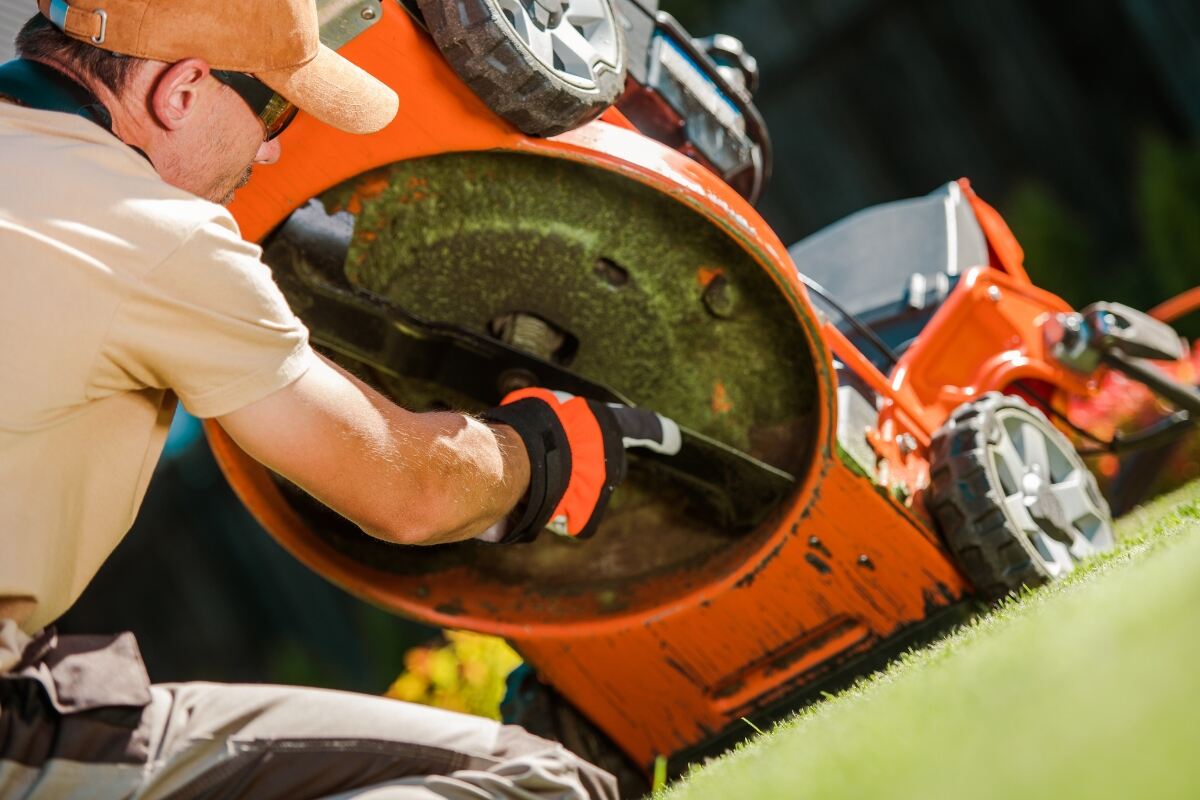
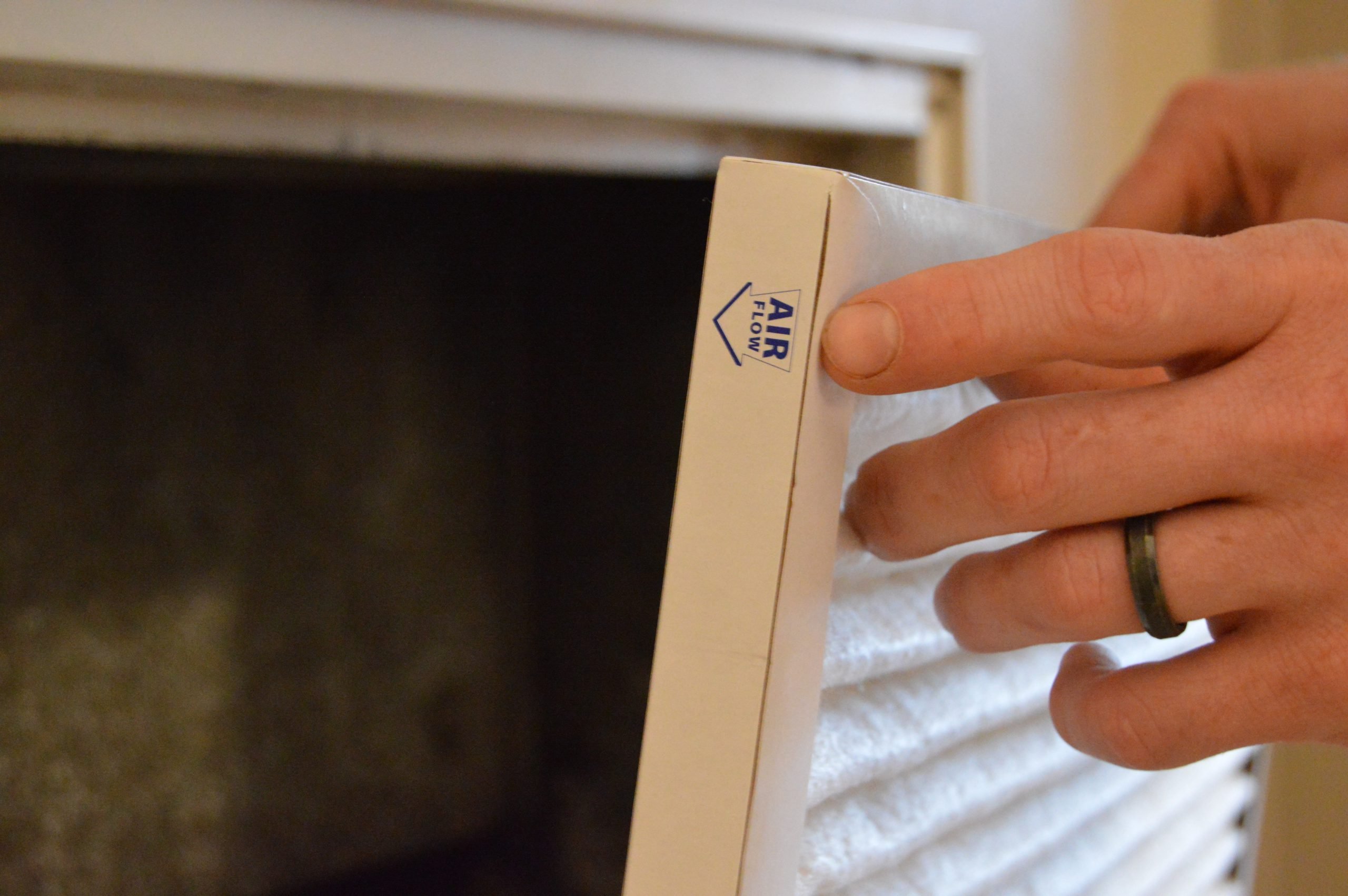
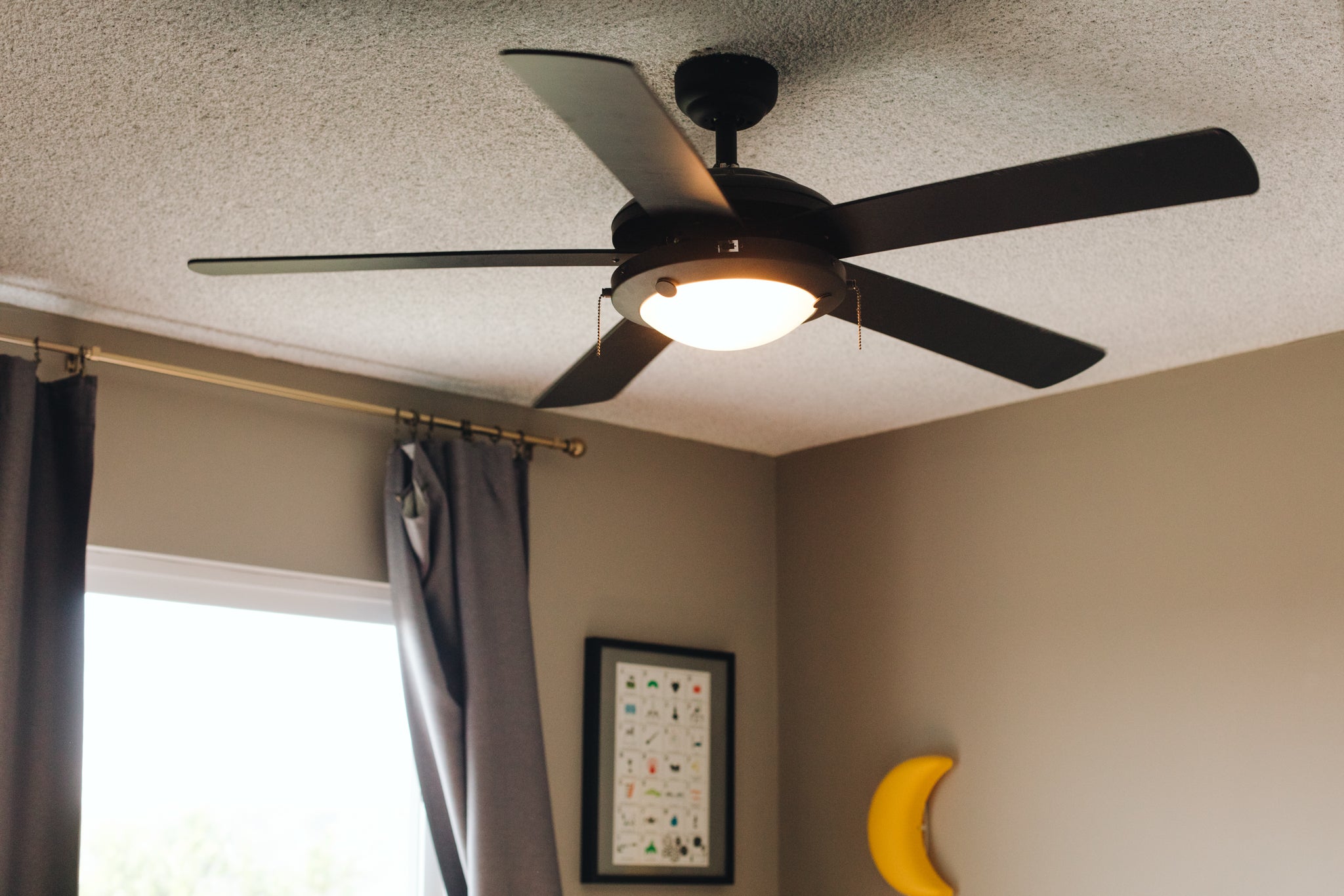

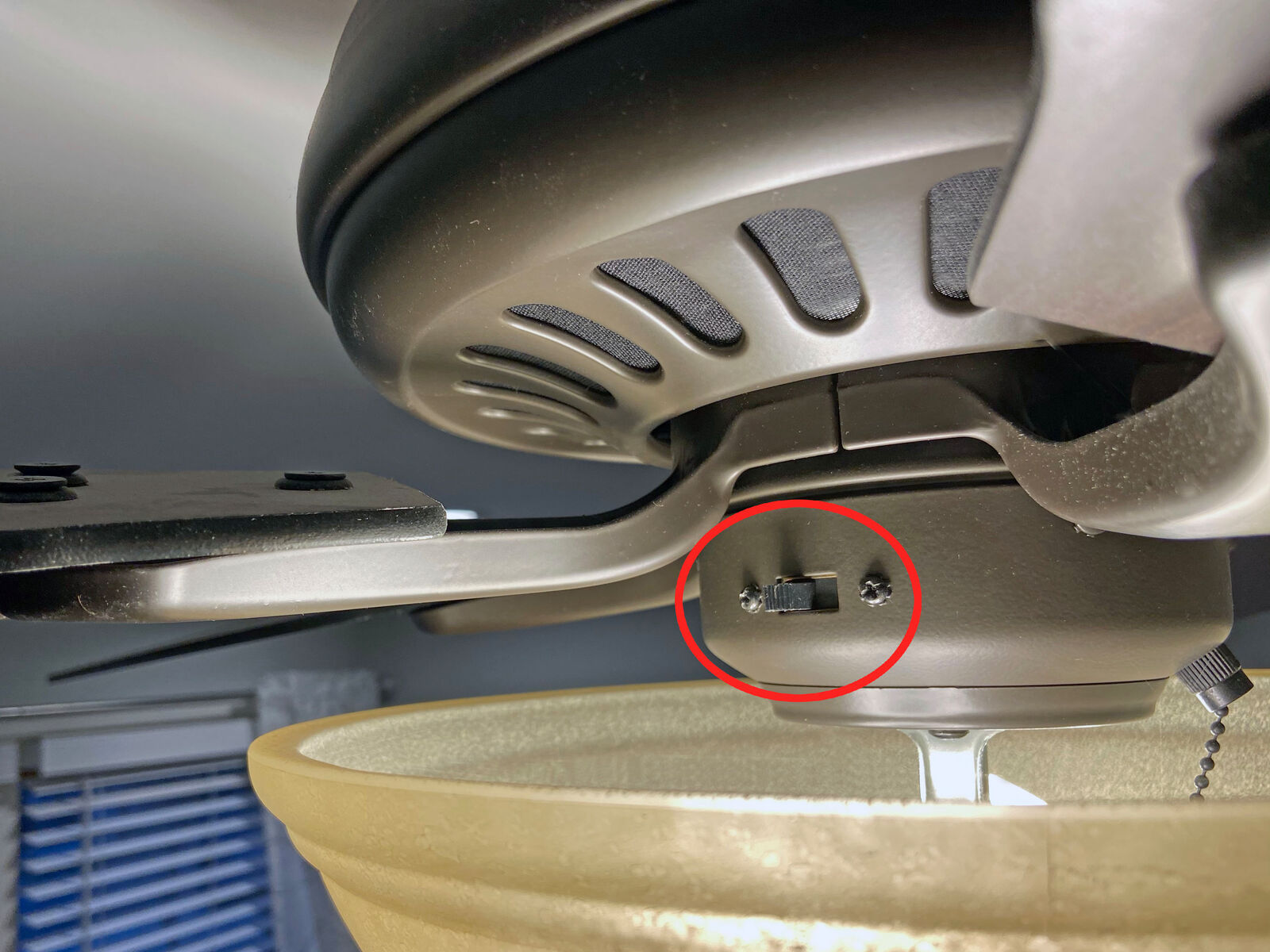
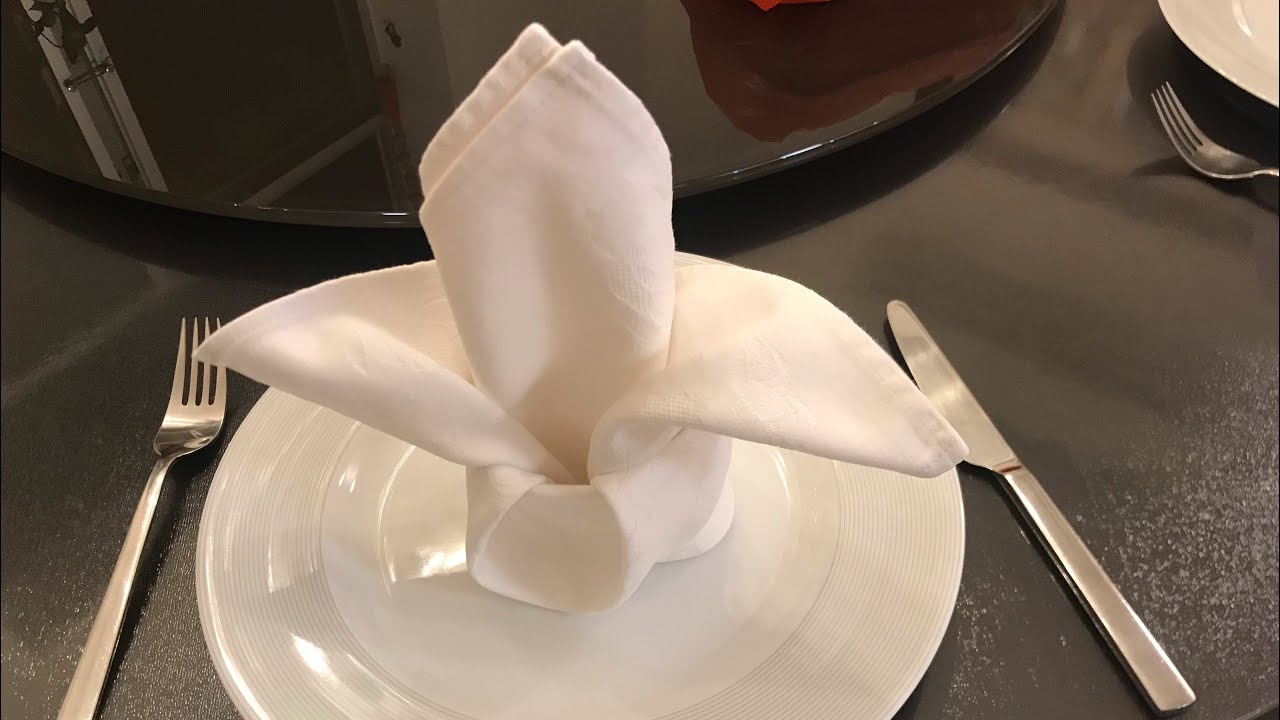


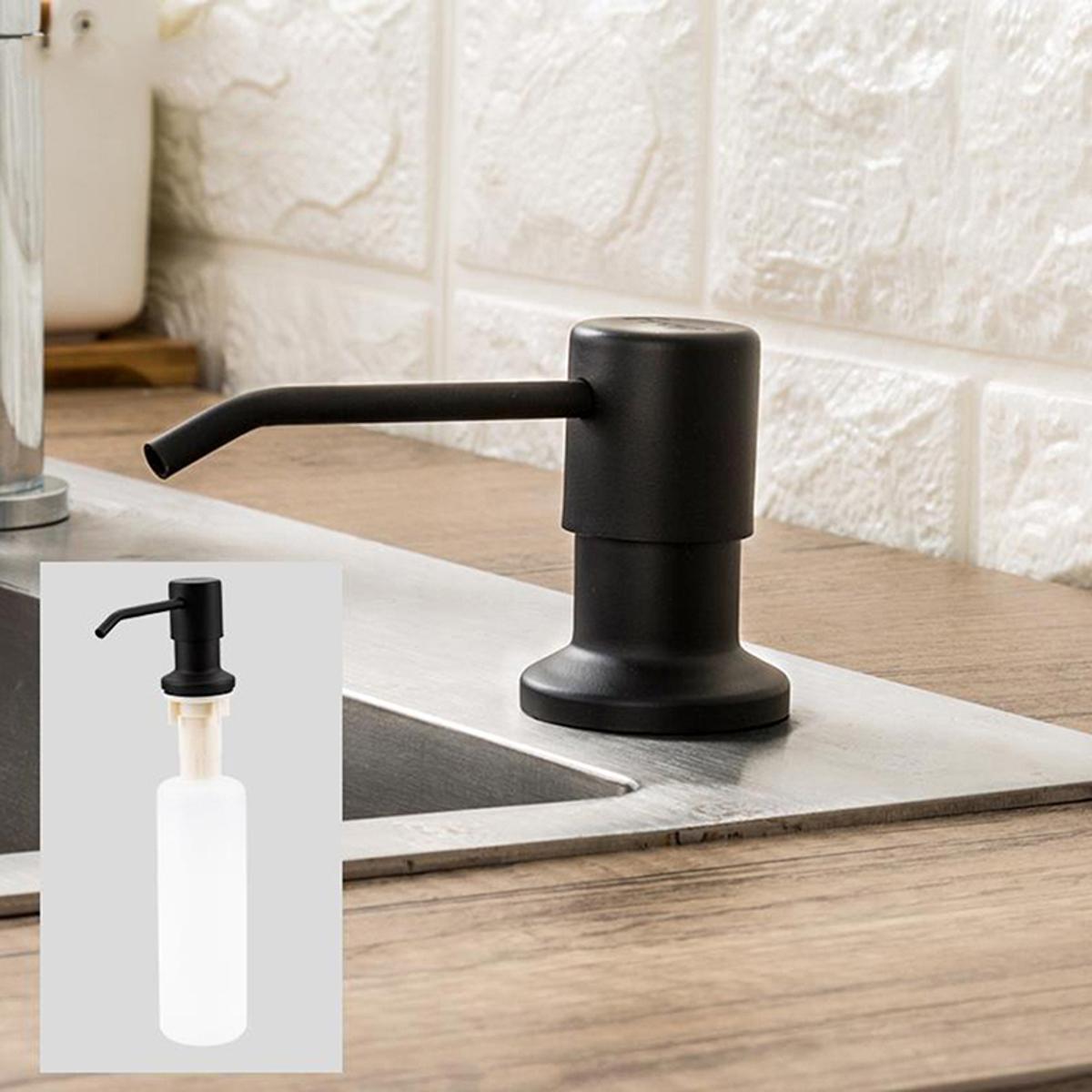
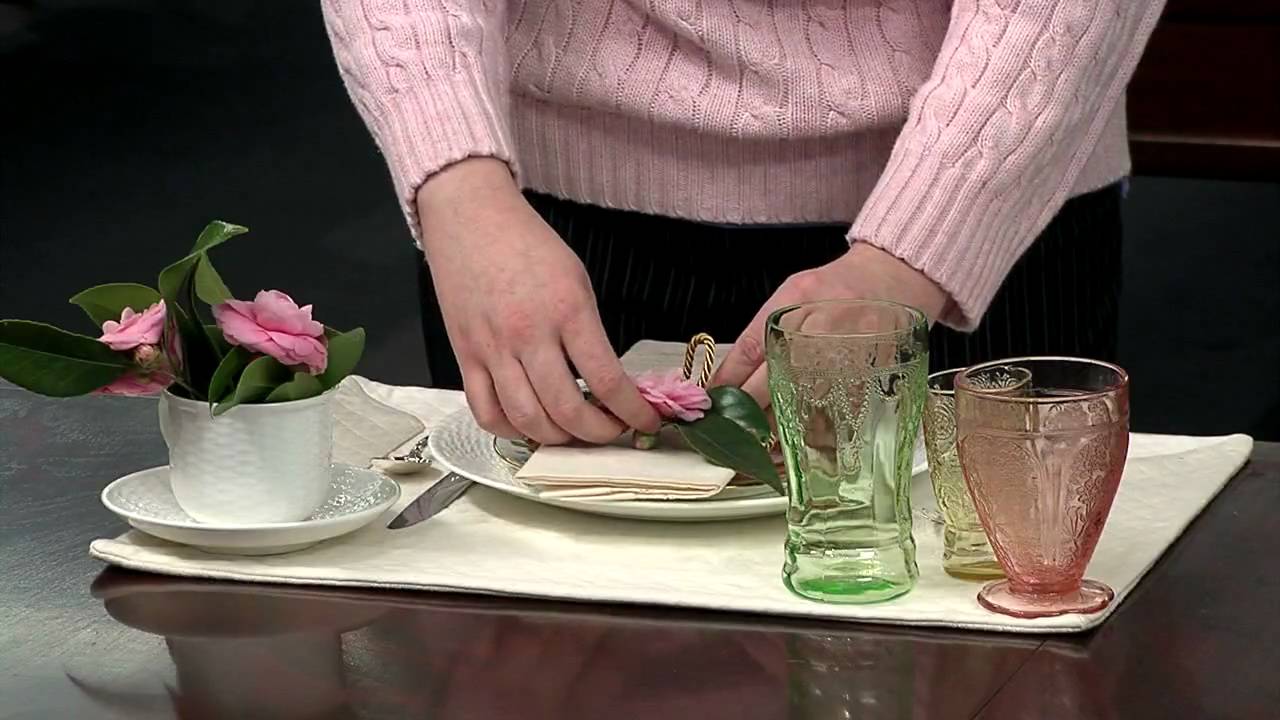
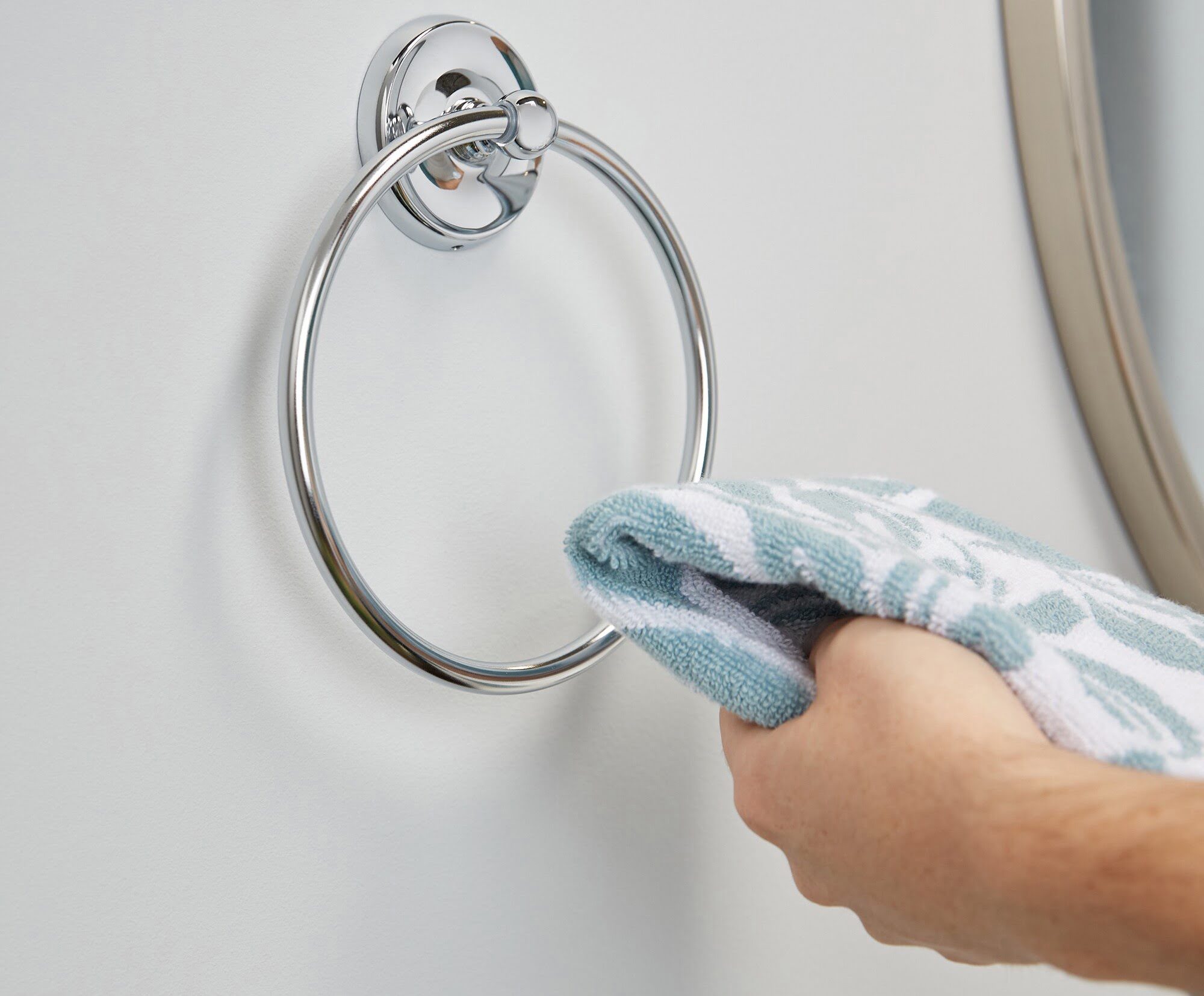


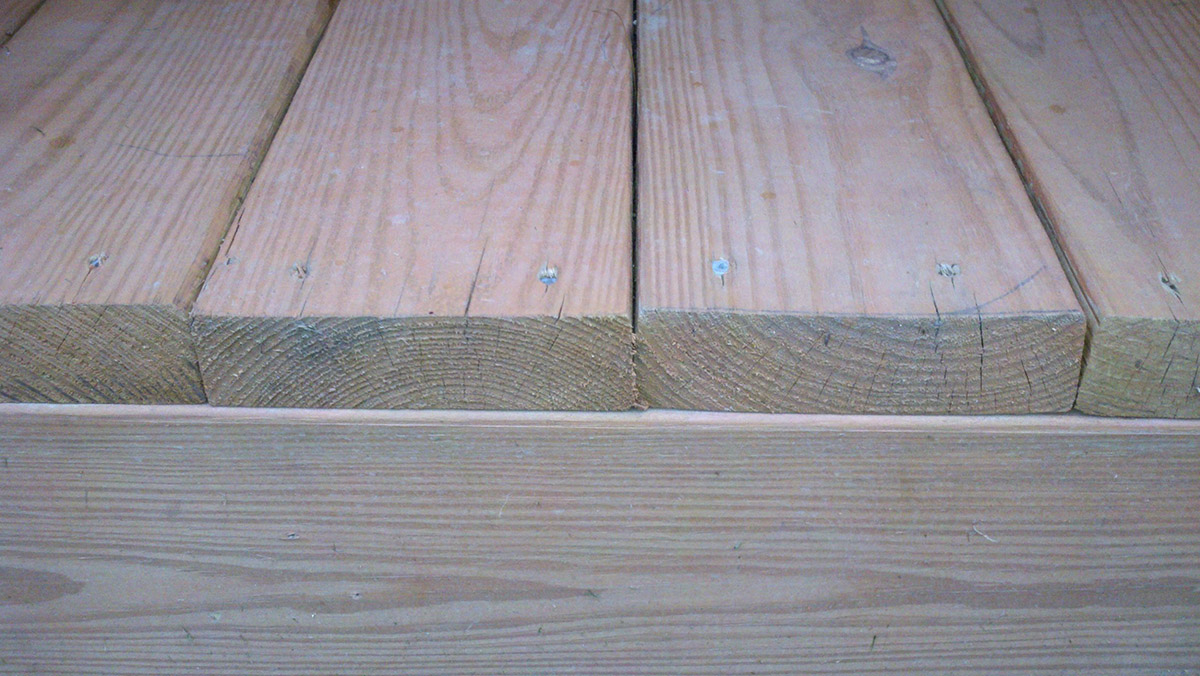

0 thoughts on “Which Way Does Crush Washer Go”